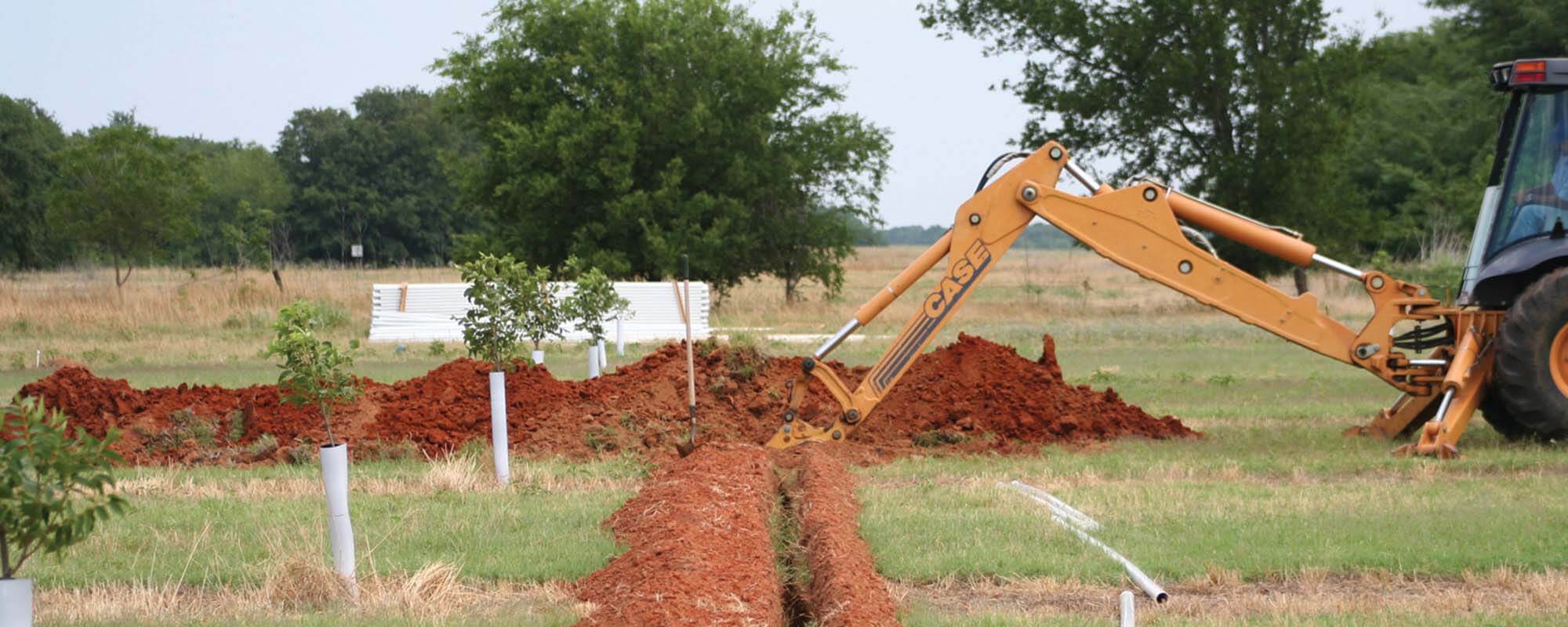The number of acres of irrigated improved pecan orchards has been increasing throughout the Southern Great Plains. These orchards offer diversification from other typical agricultural activities in the region, and producers have shown a growing interest in pecan information. Landowners have posed many questions to Noble Research Institute researchers and consultants about the profitability of irrigated improved pecans. To answer some of these questions, a study was conducted to determine if irrigated improved pecan orchards are more or less profitable than alternative production systems commonly implemented by regional producers with access to irrigation.
A net present value (NPV) investment analysis tool was used to determine the profitability of a 100-acre irrigated improved pecan orchard over 20 years. The NPV analysis tool accounts for each specific year’s net cash inflows and outflows to the specific enterprise and discounts them to today’s dollar value. The result of the NPV analysis can be compared to other alternative enterprises to determine the most profitable use of the land.
A 20-year period was chosen to capture the establishment period and several years of full production. Projections showed that after 20 years the irrigated improved pecan orchard would have recovered the orchards’ startup costs (machinery and equipment) and would be more profitable than alternative enterprises. The results of the analysis using 2005 to 2009 average prices showed that the NPV of the irrigated improved pecan orchard was $2,433 per acre. This means that the sum of each year’s net returns over the selected 20-year period discounted to 2011 dollars would be $2,433 per acre.
This poses the question: what would be the NPV of other agricultural enterprises over the same period? Soybeans and wheat intended for use as grain are common irrigated crops in the Southern Great Plains and thus were selected as possible alternative enterprises. The analysis of the alternative crops using 2005 to 2009 average prices showed soybeans to have a NPV of $994 per acre and wheat for grain to have a NPV of $202 per acre. Therefore, based on the assumptions in the analysis, irrigated improved pecans would be 2.5 times more profitable than soybeans and 12 times more profitable than wheat for grain over the 20-year period. Different assumptions will produce different results, so it is vital to evaluate potential profit in light of an individual producer’s resources (land, labor and capital) before establishing an irrigated improved pecan orchard.
For a farmer already producing soybeans or wheat for grain, allocating acreage to an irrigated improved pecan orchard may be more risky than current practices. Early in the orchard’s life, large negative cash flows create significant capital outlays. In addition, improved pecans are not as commonly grown in the region as wheat for grain and soybeans. Therefore, less information is available regarding pecan production practices and marketing. Anyone considering a new pecan enterprise should have the ability to withstand negative cash flows for 10 years and be willing to adapt new management practices as they are developed for this emerging industry. For some, these factors are large barriers to entering the enterprise.
If these obstacles can be overcome, growing irrigated improved pecans in the Southern Great Plains can be more profitable than use of the land for more common crops.


Comments